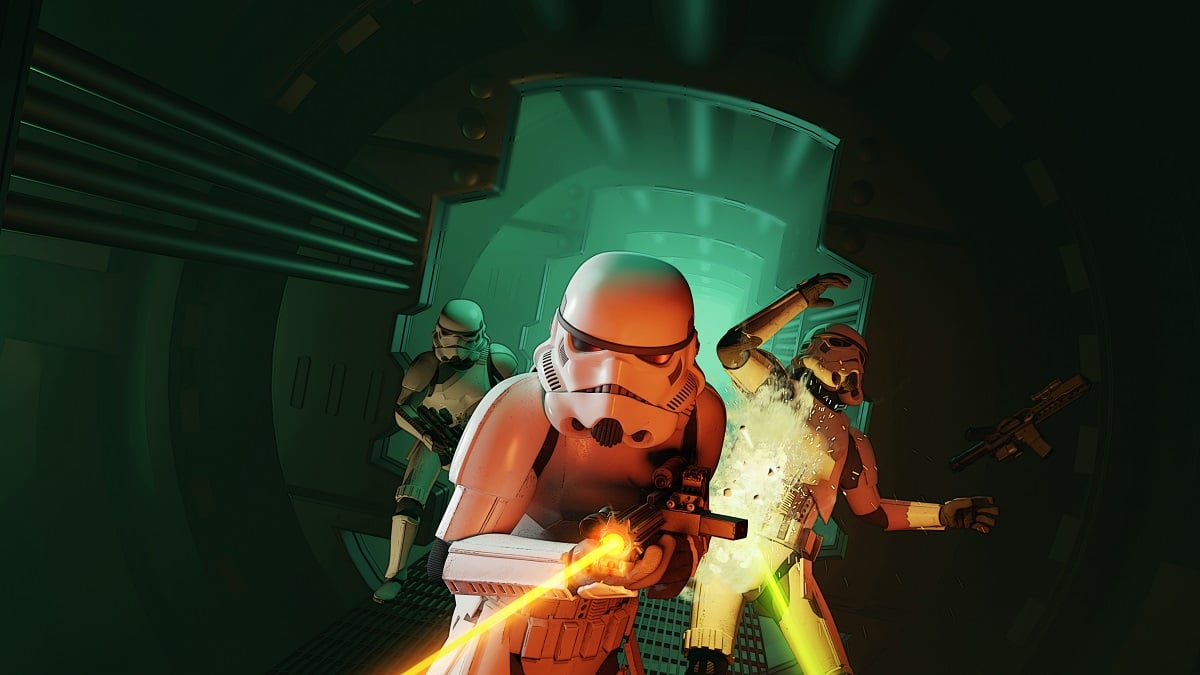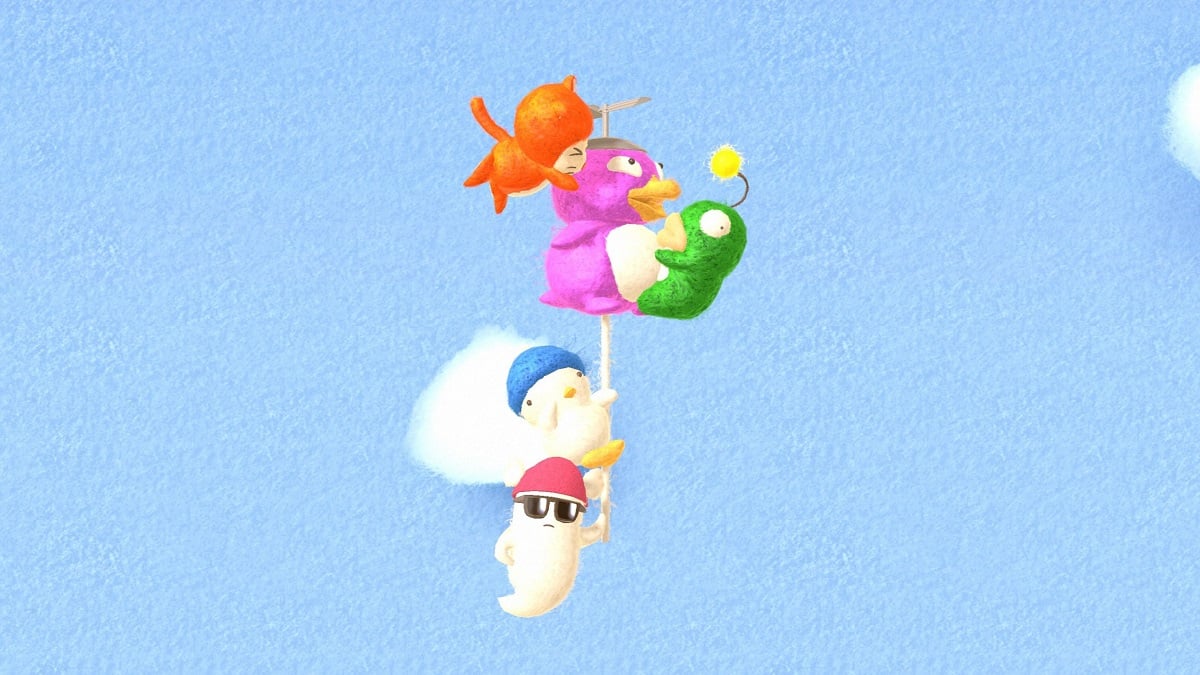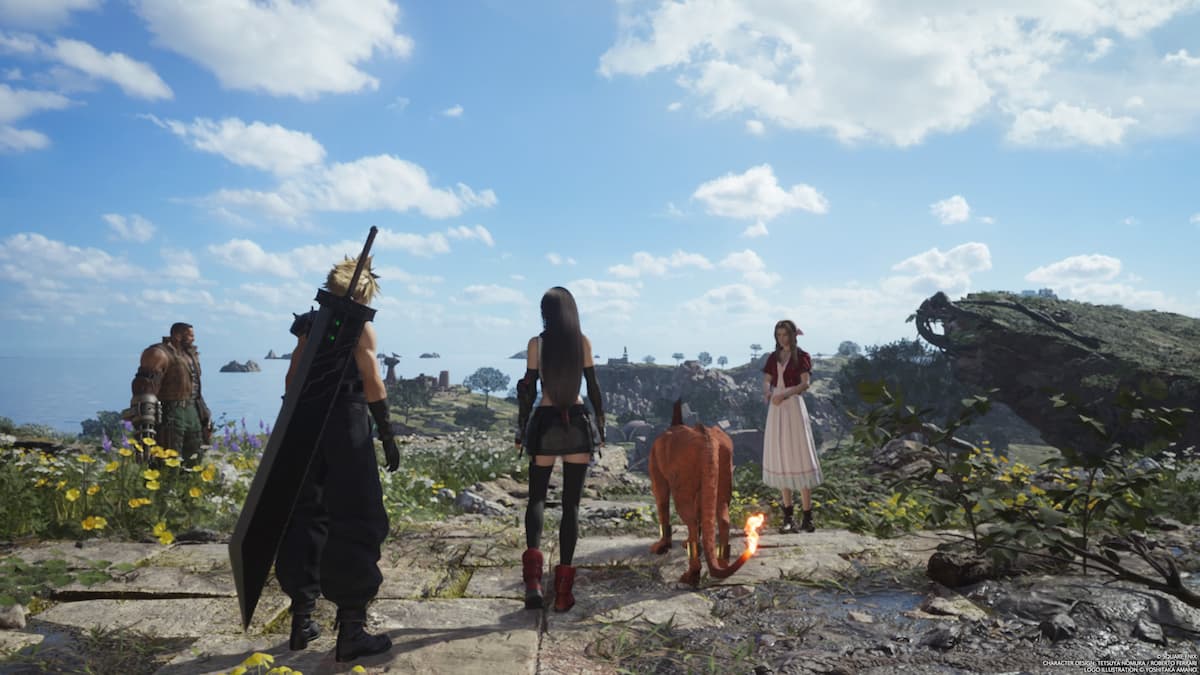In 2016, Capcom released Monster Hunter Stories on Nintendo 3DS, a JRPG using elements from the publisher’s Monster Hunter franchise. Five years later, Capcom has delivered a sequel on PC and Nintendo Switch. While the two games take place in the same world and feature some connective tissue, Monster Hunter Stories 2: Wings of Ruin offers an experience that’s mostly unconnected from the first game, making it an RPG that any fan of the genre can jump into without prior knowledge. The game isn’t perfect, but, for the most part, it’s an RPG that proves worth the time and investment.
Unlike traditional Monster Hunter games, Monster Hunter Stories 2 puts players in the role of a young Rider, as opposed to a Hunter. Riders find and hatch eggs to befriend Monsties. These Monsties then participate in battles alongside the player, and can also be ridden in the game’s overworld. Different Monsties have advantages over others; some can climb vines, some are better suited for traveling in cold temperatures, etc. It’s easy to switch between them, but I found myself doing so infrequently, mostly sticking to using one particular Monstie throughout the campaign. The game’s Rite of Channeling allows players to add genes from some Monsties to others, which made it easier for me to lean on one, rather than multiple. That fit my playstyle a bit better, but those that really want to dive into the monster-catching aspect will find there’s plenty of opportunities to use and track down new Monsties.
Like most traditional RPGs, Monster Hunter Stories 2 uses a turn-based battle system. Throughout the adventure, the player character and their Monstie partner will battle other monsters found on the map. Turn-based battles in most RPGs tend to be slower, but Capcom counters that with an option to double or triple the speed of battle with the touch of a button. The option can be really helpful at times, but I often found myself mostly sticking with the normal setting. As it is, combat can actually be pretty fast-paced, and there are a lot of elements to focus on throughout each battle.

During battle, the player controls their character, while the Monstie selects its own attacks. Both characters have separate life gauges, as well as three shared Hearts. When either the player or the Monstie’s life gauge is drained, one of the Hearts is lost, and when all three are gone, the player is sent back to the town or village they last set out from. The system puts a strong emphasis on teamwork, as players are forced to make decisions that will keep both characters in the battle; it also adds a good amount of challenge. I often found my player character felt underpowered, requiring a significant amount of healing items in each battle. Thankfully, the player and their Monstie are rarely on their own, as the game will typically see you paired with a different “buddy” and their Monstie partner. These buddies tend to be more experienced Riders, capable of dishing out a lot more damage.
If there’s one notable problem that Monster Hunter Stories 2 suffers from, it’s the fact that the game’s tasks can get a bit monotonous. At times, it’ll seem like the plot is starting to cook, and then it’ll get broken up as you get sent to handle various tasks. This cycle of getting sent on missions, heading back to the current base town, and doing it all over again can get a little tiring. Players can break up the monotony by seeking side quests, searching for new Monstie eggs, or looking for new weapons and armor to craft, but those just looking to spend time with the main quest might get a little sick of the cycle.
Sound in the game is mostly strong. Monster Hunter Stories 2 has a number of memorable tracks that are bound to get stuck in the player’s head. The voice acting, however, will likely prove a bit more divisive. I found it mostly good, with some questionable decisions, most notably the game’s silent protagonist. Monster Hunter Stories 2 is hardly the first game to lean on a quiet hero, but I felt like it was unnecessary here. To get around this silent lead, the game features a Felyne partner named Navirou. A returning character from the first game, Navirou basically acts in place of the character’s voice, driving conversations with other characters and speaking more than enough for the two of you. Navirou is also the comic relief, and can quickly alternate between great and grating, sometimes in mid-sentence. I enjoyed the character more often than not, though it’s not hard to imagine others getting irritated.

Good RPGs give players a lot of content to enjoy, and Monster Hunter Stories 2 does just that. Want to mostly stick to the main game? That’s fine. Want to spend a lot more time in monster dens recruiting new Monsties, or finding new materials to craft with? You can do that, too. It’s not hard to imagine players getting sucked in and spending a lot of hours with this game.
Graphically, Monster Hunter Stories 2 is probably one of the better-looking third-party games on Switch. Animations in battle are vibrant and exciting, and the monsters themselves look terrific. I did notice that it’s one of the Switch games that looks a little bit better playing docked when compared to handheld mode. It’s not a giant leap, but I did find it noticeable.
For fans of the RPG genre, Monster Hunter Stories 2: Wings of Ruin is a mostly enjoyable experience. Sometimes the mission structure can drag, and some players are bound to find Navirou a bit irritating. However, the game’s highlights definitely make up for the slower moments. This is a really solid RPG that gives the player freedom to go at their own pace. It also has a fun combat system, and charming story moments. For those that can look past its slight stumbles, Monster Hunter Stories 2: Wings of Ruin should hold a lot of appeal, regardless of the player’s familiarity with the franchise.
Rating: 3.5 out of 5
Monster Hunter Stories 2: Wings of Ruin is set to release July 9th on Nintendo Switch and PC. The game was provided by the publisher for the purpose of this review, and it was reviewed on a base model Nintendo Switch.


